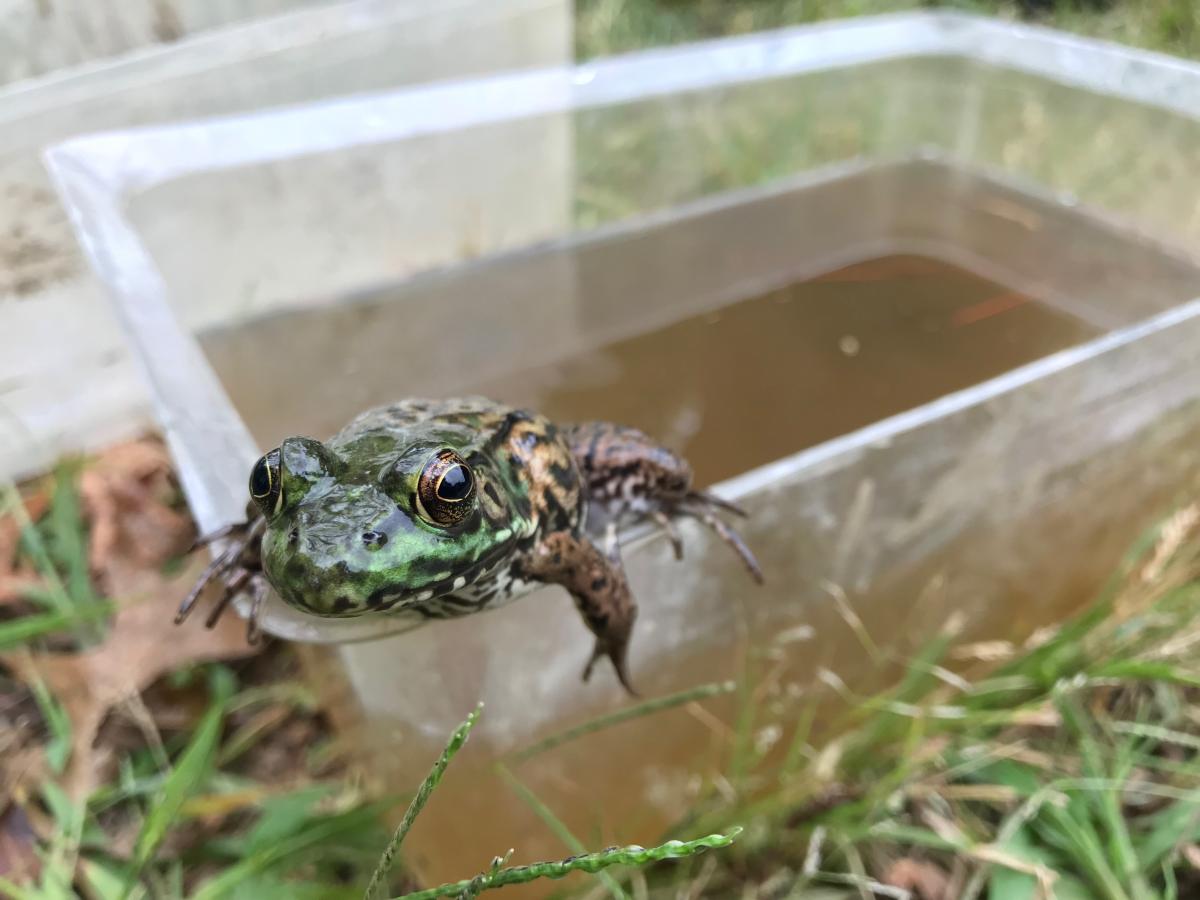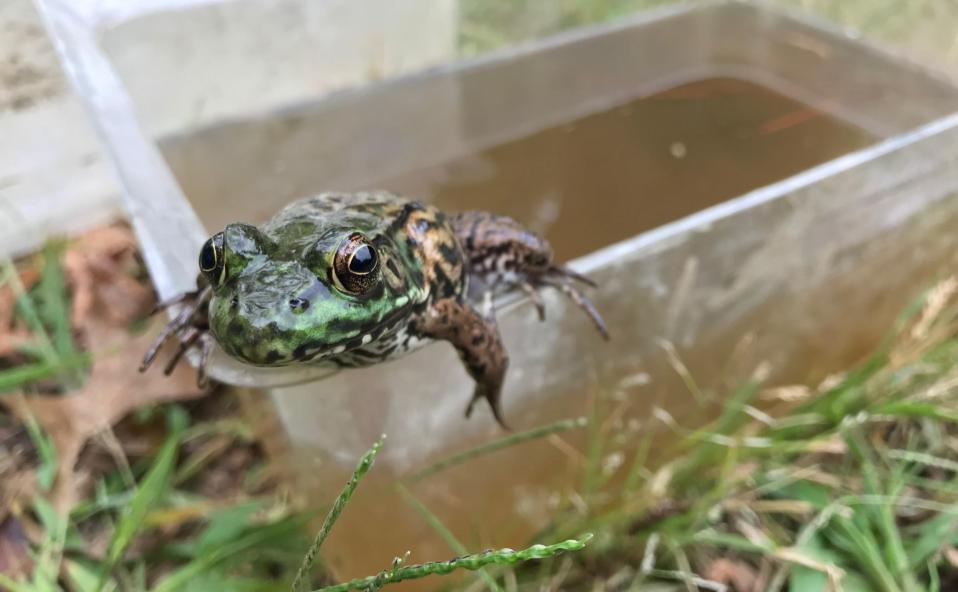Spring student field experiences at Pickering Creek Audubon Center may have come to a grinding halt this past March thanks to the health pandemic, but it didn’t mean students weren’t still being connected to the outdoors and in-depth science investigations with Pickering Creek’s help. As schools closed, the four full time Pickering Creek staff and their three seasonal educators quickly shifted gears as the landscape for students evolved through April and May. Ultimately the Center worked in partnership with science supervisors and teachers in Caroline, Talbot and Wicomico Counties to create substantial “learn from home” materials for students. In most school systems, students received 2-4 weeks worth of materials at a time, and Pickering provided intact units that covered science content being offered by schools during one of those multi week periods. Science content provided by the Center refreshed students on experiences and materials already covered earlier in the year with Pickering Creek about birds, habitat and the Chesapeake Bay. With materials provided by the Center in consultation with teachers, students learned about specific issues relating to the health of our environment for both birds and the Bay even while schooling at home.
As an example, high school students in Caroline County explored the driving question, “How have humans impacted habitat health in the Chesapeake Bay watershed?” Students considered the schoolyard inventory they had conducted during the winter and research they had conducted while school was still being conducted in person through mid March. They then read about conservation success stories provided by the Center, where communities understood a conservation issue and took action to address the situation. Next, students explored why scientists collect data and collected data of their own about habitat in their yard or neighborhood.

Exploration of nature for all continues at Pickering Creek.
Based on the data collected, students then reviewed a selection of at home actions they could take and chose one that they felt they could implement. These actions included, making a poster about the conservation issue, writing a letter to someone who can make a difference, or making a household policy that would have a positive impact. Each action option provided detailed guidance on how to complete the process and think through the information the student may want to highlight and share. The effort concludes with reflection on the project encouraging the student to consider what they liked about the project, what was hardest and advice they would give future students participating in the program. One exemplary student project was a poster for her community that identified invasive plants that should be avoided and great native plants that can be used in their place to make a yard beautiful and help pollinators like monarch butterflies. Brian, a middle school teacher captures the program’s impact well, “ Working through the project with my students has ultimately brought us to a deeper level of realism when it comes to our direct impact on wildlife in the Chesapeake Bay Watershed. The way each lesson and project was designed provided my students with confidence in their own voice; even to the point of empowering many to go above and beyond school requirements and act as the “driving force of change” throughout their own communities. Thank you so much for helping us access that power within, and for the steadfast support you’ve provided us throughout the school year.”
Since early April, Pickering Creek Audubon Center has also been offering online programming for adults about various topics including shorebird and raptor identification, using native plants to benefit wildlife, and listening and understanding bird language. Attendance at these online offerings has been robust with over 100 households participating in some of the programs. Kids have also enjoyed online story times, exploration of turtles, tracks and traces of mammals and the very popular kids “draw along.” This summer in lieu of the ever popular EcoCamp, Pickering is hosting “EcoCamp at Home” which includes a collection of materials to help young naturalists explore their own yards, online meet-ups and special opportunities to visit Pickering for a family exploration activity. Spaces are still available.
In addition to local programming for the Eastern Shore community, Pickering staff was also able to contribute to the nationally distributed Audubon for Kids website, sharing engaging materials on climate and how it effects birds. Pickering Director Mark Scallion says, “While we can’t wait to have students back outside at the Center, we are pleased by the materials we’ve continued to be able to bring to our community to help make sure everyone is still connected to birds nature and the outdoors around them.”
At home nature activities and a list of upcoming online programs can be found on Pickering Creek’s website: www.pickeringcreek.org. The Center’s trails are open daily through the summer from 7am-7pm and feature over four miles of paths through meadows, wetlands, forest and along tidal Pickering Creek.
Don’t miss the latest! You can subscribe to The Chestertown Spy‘s free Daily Intelligence Report here



Write a Letter to the Editor on this Article
We encourage readers to offer their point of view on this article by submitting the following form. Editing is sometimes necessary and is done at the discretion of the editorial staff.